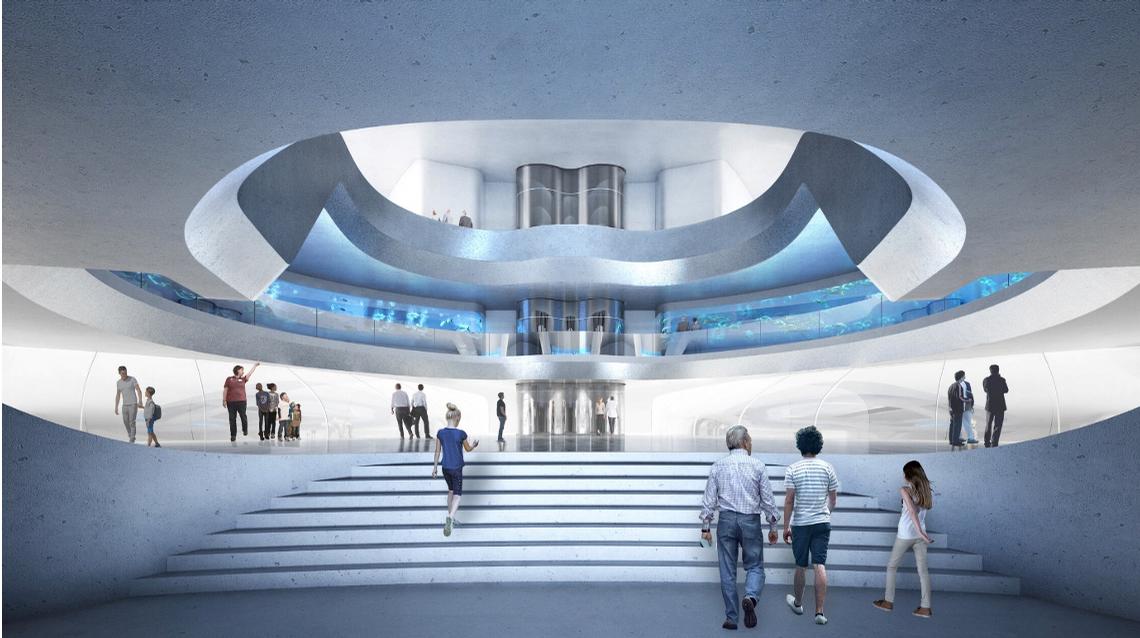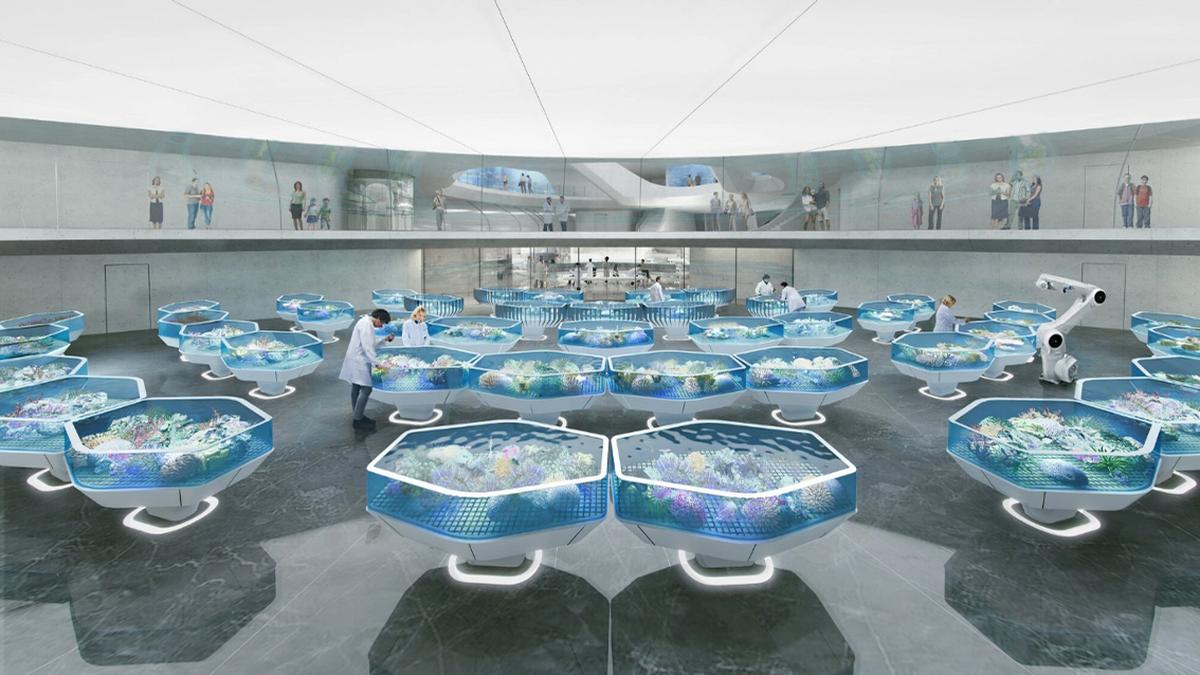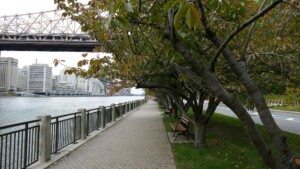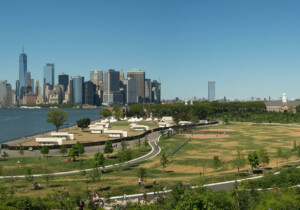Nonprofit organization Great Barrier Reef Legacy has unveiled initial design plans for the Living Coral Biobank, a first-of-its-kind conservation hub described as a “coral ark” that will preserve and protect over 800 species of at-risk scleractinia, or hard corals, collected from around the world while also doubling as a landmark attraction for Port Douglas, a small coastal community in far northern Queensland, Australia. With a facade clad in radial concrete fins that evoke the distinctive form of mushroom or plate corals, the complex and highly sculptural structure was designed by young Sydney-based practice Contreras Earl Architecture with Arup serving as project engineering and sustainability consultant and the Germany-headquartered Werner Sobeck acting as facade consultant.
Spread out across four stories and roughly 73,500 square feet, the building, organized around a soaring central atrium, will feature numerous exhibition spaces, classrooms, aquarium displays, research laboratories, a 200-person event venue, and auditorium in addition to the main glass-enclosed conservation facility where the collected coral species will be nurtured in a number of “wet specimen lab” tanks. While this area—the biobank proper—is off-limits to the general public, it is viewable from a glass-encased second-level observation platform accessible via the building’s circular entry plaza. The species collected at the biobank will be potentially used to help rehabilitate and rebuild coral reefs across the world that have been decimated by climate change.
“A childhood spent growing up in Cairns and exploring the beauty of our oceans and marvels of the Great Barrier Reef has had a profound impact on me as an architect,” said Monica Earl, co-founding director of Contreras Earl Architecture, in a statement shared by ArchitectureAU. “It was a formative part of founding a practice with the ambition to create architecture that interacts with nature in symbiotic and complimentary ways without detriment to the environment.”

That being said, the Living Coral Biobank is envisioned as a building that will pose a scant environmental impact with London-headquartered Arup, which maintains offices across Australia including in the nearby city of Cairns, describing the net-zero energy-aiming project as “a world leader in next-generation sustainable design, creating optimal conditions for coral storage while minimising energy consumption.”
“To ensure this priceless living collection is held in perpetuity for generations to come, we need the world’s most advanced facility that also promises to use only renewable energy sources and function with optimum efficiency, while also creating an unforgettable visitor experience—and that’s exactly what this design delivers!” added Dr. Dean Miller, project director of the Living Coral Biobank and managing director of Great Barrier Reef Legacy, in a statement shared by Arup in a press release. (The release also notes that the Cairns-based Arup team is providing its services to Great Barrier Reef Legacy free-of-charge.)
In addition to photovoltaic panels, high levels of insulation, solar hot water heating, advanced energy monitoring, and other sustainable bells and whistles, the undulating facade plays a major role in the project’s sustainability goals. Mimicking the protective outer layer of the mushroom coral, at the bottom of the structure the concrete fins are clustered closely together to provide protection from flooding and other ravages of Mother Nature. Further up the facade, toward the top of the structure, the fins unfurl to allow for natural light to penetrate the upper levels of the building’s interior while also providing solar shading. These upper-level gaps also allow for natural ventilation, lessening the building’s dependence on energy-intensive mechanical cooling systems.
As noted by The Guardian, the idea for building a coral-dedicated biobank was inspired in part by the Svalbard Global Seed Vault in Norway although it is decidedly more touristy in flavor and located in a drastically different climate. (Ultra-humid tropical conditions prevail in the far upper reaches of Queensland.)

There’s also a distinct urgency driving the Living Coral Biobank project as the world’s once-abundant coral reef ecosystems continue to be impacted by large-scale bleaching events. This global warming-related phenomenon occurs when the symbiotic algae living within corals is ejected due to hotter-than-normal ocean temperatures, turning the corals white and ultimately, in many cases, killing them.
“We’ve watched very serious bleaching events, and we came to this realisation there were some great conservation projects out there but they were many years from fruition and would only protect a few types of corals,” Miller explained to the Guardian noting that “there’s a time pressure on this with every bleaching event that happens. Every year we wait, we’re losing corals, and we don’t have any time to lose.”
While the project has secured several million dollars in partnership agreements, additional funding that would enable the Living Coral Biobank to be up-and-running by its ideal completion date of 2025 remains a concern, with Miller noting that the financial largesse of “an Elon Musk or a Richard Branson” will likely be needed.
Meanwhile, diving teams with the Great Barrier Reef Legacy are already at work collecting samples from 200 different coral species found off the coast of Queensland which will temporarily conserved at holding tanks located at the Cairns Marina.











